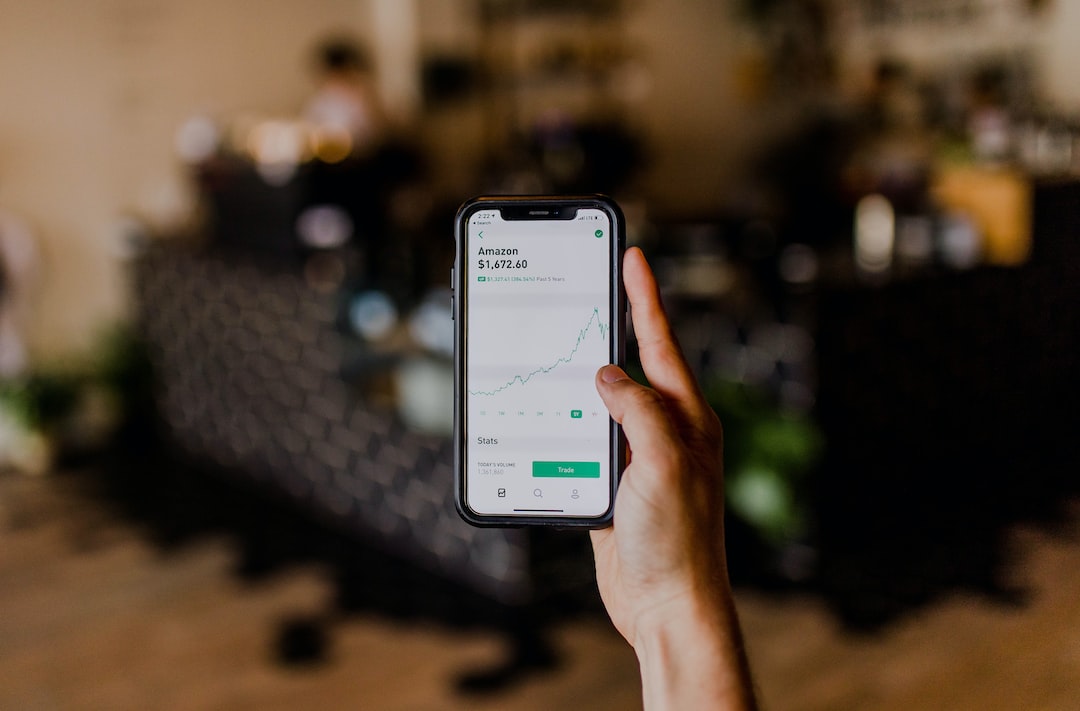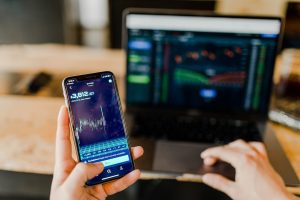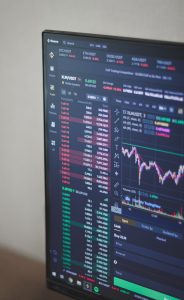Forex trading robots have become increasingly popular in recent years, with many traders using them to automate their trading strategies. Building a forex trading robot can seem daunting, but with the right tools and knowledge, it can be a relatively straightforward process. In this article, we will explain how to build a forex trading robot.
1. Choose a Programming Language
The first step in building a forex trading robot is to choose a programming language. Different programming languages have different strengths and weaknesses, and the choice of language will depend on the trader’s preferences and experience. Some of the most popular programming languages for building forex trading robots include Python, C++, and Java.
2. Develop a Trading Strategy
The next step is to develop a trading strategy. A trading strategy is a set of rules that a forex trading robot will follow to make trading decisions. A good trading strategy should be based on sound technical analysis and should be flexible enough to adapt to changing market conditions.
3. Backtest the Trading Strategy
Once a trading strategy has been developed, it should be backtested to ensure that it is profitable. Backtesting involves running the trading strategy on historical data to see how it would have performed in the past. This will provide valuable insights into the strategy’s performance and help to identify any potential weaknesses.
4. Write the Code
Once the trading strategy has been backtested and refined, it is time to write the code for the forex trading robot. This is where the programming language chosen in step one comes into play. The code should be well-organized and easy to modify as the trading strategy evolves.
5. Test the Forex Trading Robot
Before deploying the forex trading robot in a live trading environment, it should be thoroughly tested to ensure that it is functioning correctly. This involves running the robot on a demo account and monitoring its performance. Any issues should be addressed before the robot is used in a live trading environment.
6. Deploy the Forex Trading Robot
Once the forex trading robot has been thoroughly tested, it can be deployed in a live trading environment. It is important to monitor the robot’s performance and make any necessary adjustments as market conditions change.
7. Monitor the Forex Trading Robot
Even the best forex trading robots require monitoring to ensure that they are performing as expected. This involves monitoring the robot’s performance and making any necessary adjustments to the trading strategy. It is also important to keep an eye on market conditions and adjust the trading strategy accordingly.
In conclusion, building a forex trading robot can be a rewarding and profitable venture for traders. By following the steps outlined in this article, traders can build a forex trading robot that is based on a sound trading strategy and is capable of adapting to changing market conditions. However, it is important to remember that even the best forex trading robots require monitoring and adjustments to ensure their continued success.






